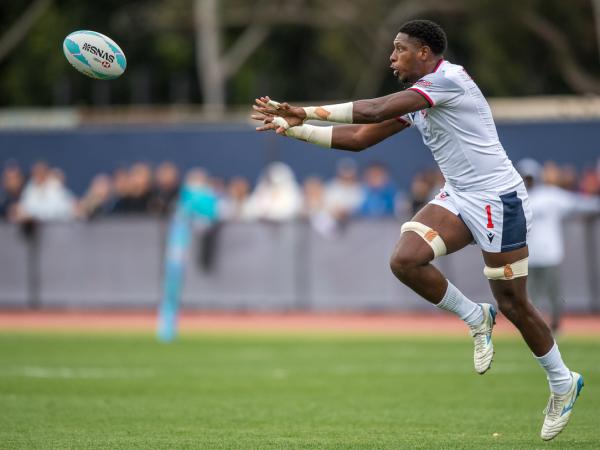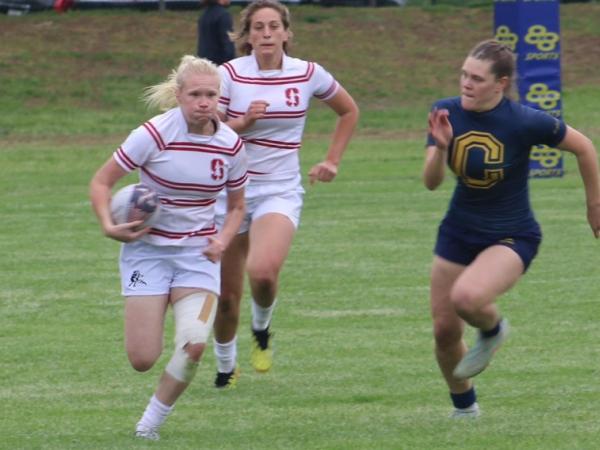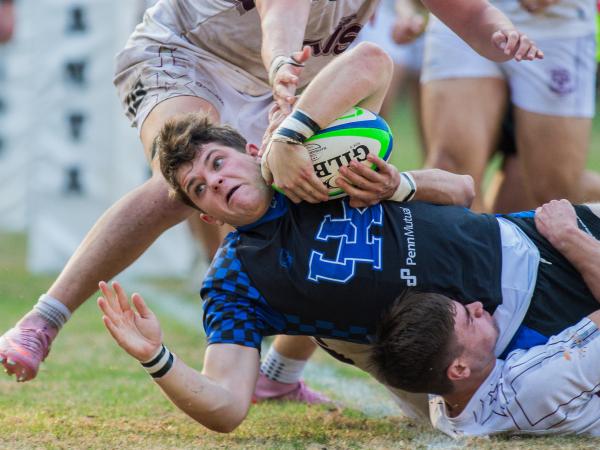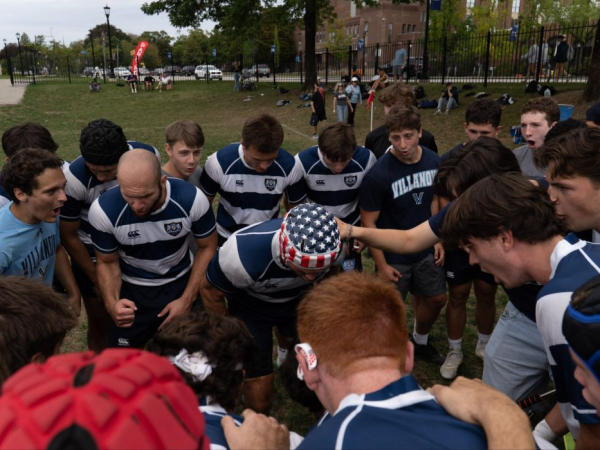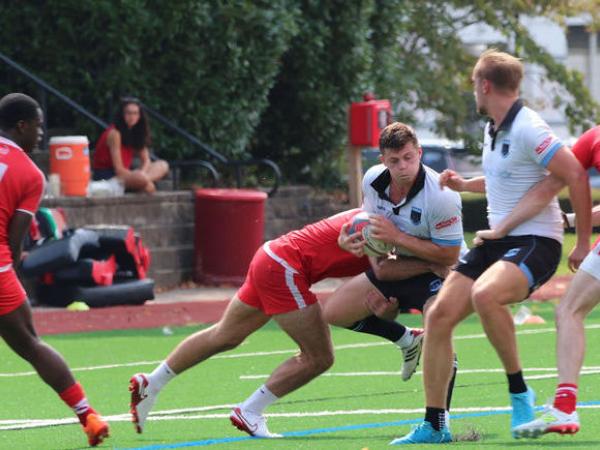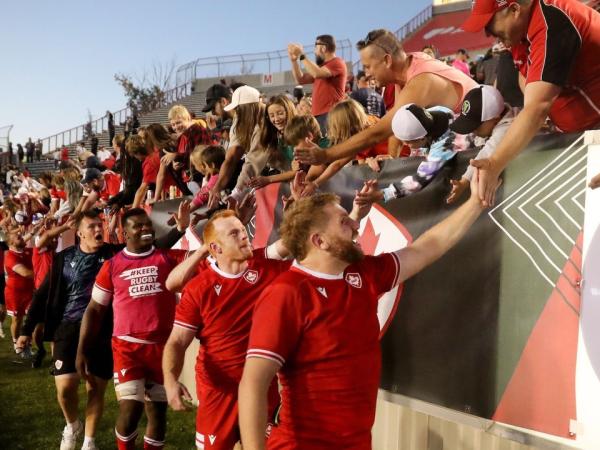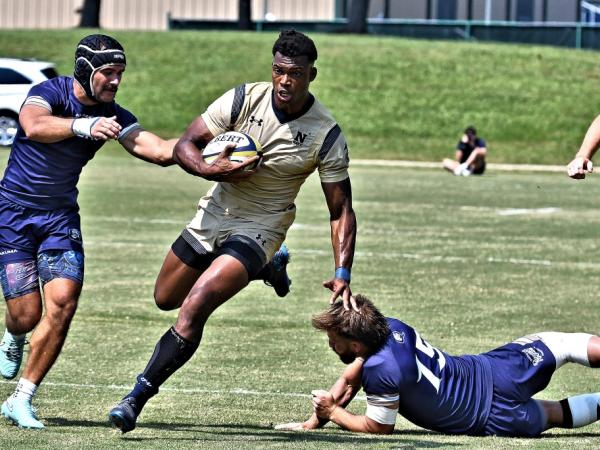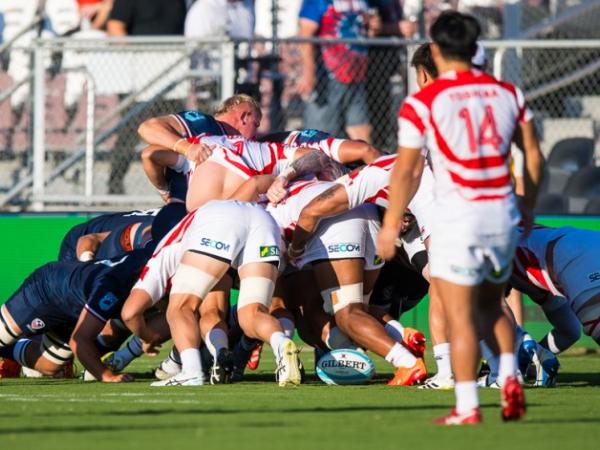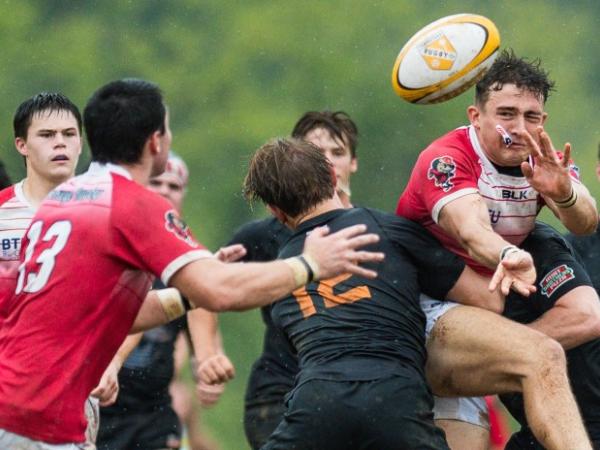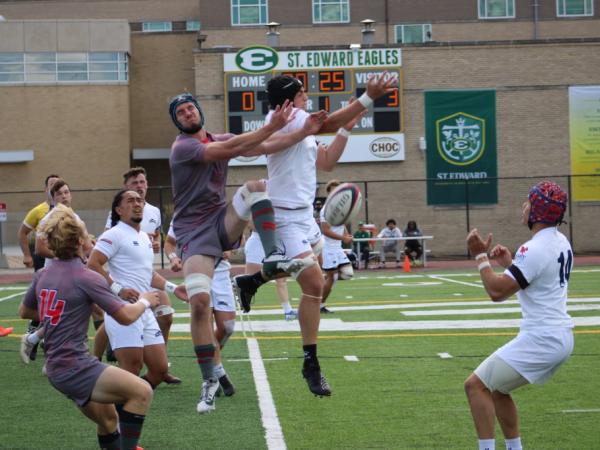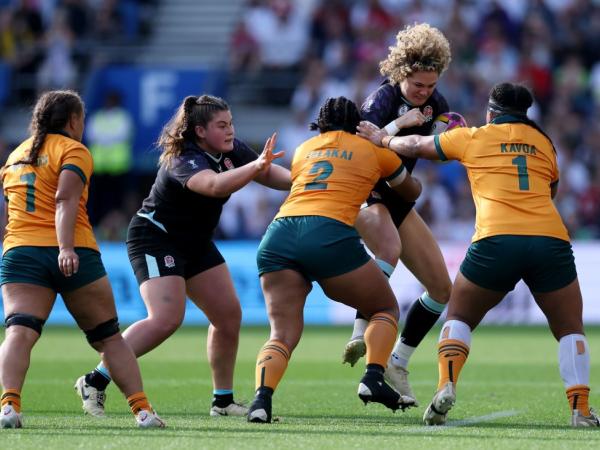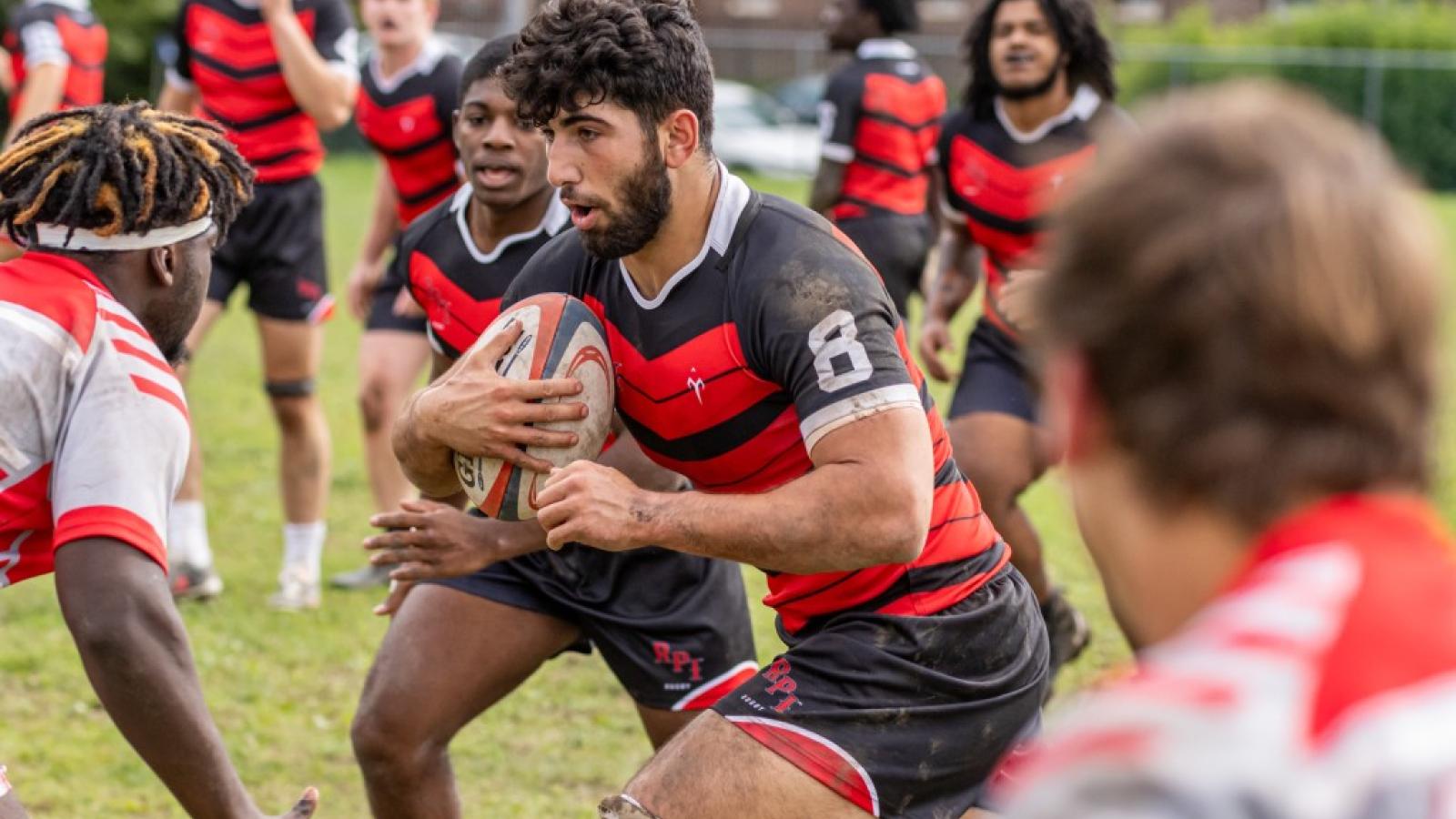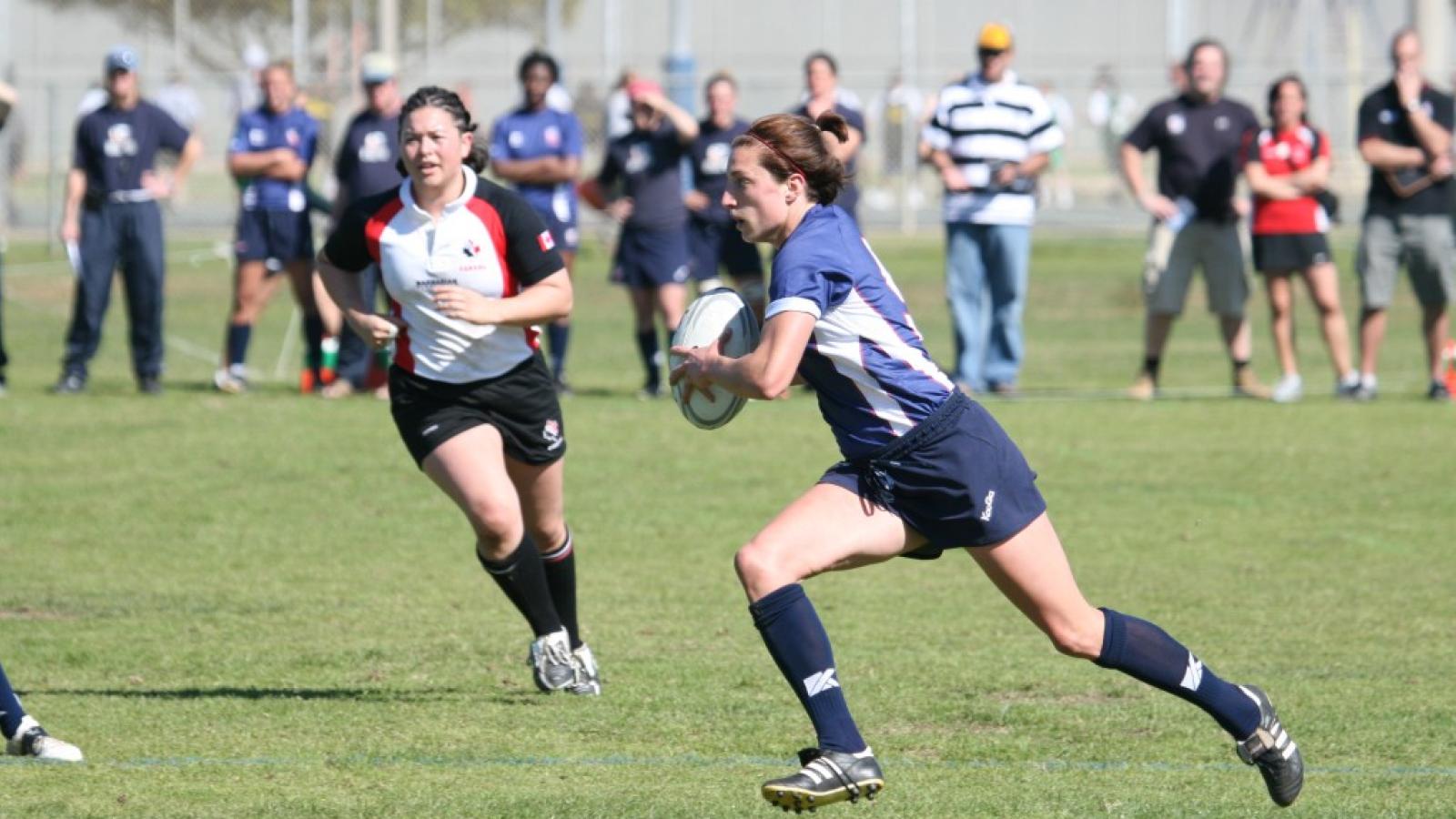In the first two seasons as NCR, the Big Head bill for a 35-player roster was $2,000. But remember, they were offering a lot more than the basic USA Rugby membership. So really we need to compare to the old USA Rugby dues level ($1,725) or CRAA's dues levels. NCR's dues bill for a 35-member team in 2020-21 was $2,000 and it remained at that level for the 2021-22 season; that was 16% more than the old USA Rugby level.
Meanwhile, CRAA's level for 2020-22 was $1,625, with $1,170 going to USA Rugby for insurance and national office operations, and the rest to the Collegiate Council and CRAA (most of CRAA's dues inflow comes from additional D1A fees which we'll discuss in a minute).
For the 2022-23 season both organizations raised their dues, but by different rates. NCR upped the team fee for the Big Head version from $1,300 to $1,750, and the per-player fee from $20 to $30. (Interestingly, at a roster of 35, the Big Head option and the Big Tail option are essentially the same.)
While we're looking at one specific roster size, it's important, and fair, to note that NCR's dues increase hit smaller teams much less than larger teams. The Big Tail rate rose about 16% (depending on roster size) while the Big Head raise was closer to 40%. NCR did this because their bread and butter remains small colleges and small-roster teams, and those programs generally don't have as much money as the big ones. So a 20-player team's dues went from $1,460 to $1,700 (up 16.4%) while a 50-player team went from $2,300 to $3,250 (up 41.3%).
CRAA upped their dues too, by $3 per player and an additional raise of $500 per D1A team. Now with the new rates a team of 35 players would be paying $2,800 to NCR or $1,730 to CRAA. D1A teams would pay around $4,230 because of that extra D1A fee.
| National-Level College Dues Comparisons |
| Organizations | 2019-20 | 2020-21 | 2021-22 | 2022-23 | 22-23 v 20-21 | 22-23 v 19-20 |
| NCR* | $2,250.00 | $2,000.00 | $2,000.00 | $2,800.00 | +40.00% | +24.44% |
| Non-D1A CRAA Member | $1,725.00 | $1,625.00 | $1,625.00 | $1,730.00 | +6.46% | +0.29% |
| D1A** | $3,725.00 | $3,625.00 | $3,625.00 | $4,230.00 | +16.69% | +13.56% |
| Unaffiliated USAR Member*** | $1,725.00 | $1,170.00 | $1,170.00 | $1,275.00 | +8.97% | -26.09% |
| | | | | | | |
| *For 2019-20 we used NCR-provided numbers, which were $60 per player and $150 per team; most of that went to USA Rugby but pre-bankruptcy a portion was sent back to NCR (then NSCRO). So comparing 2019-2020 and the years after is comparing two different oversight models. |
| **D1A teams vote on an additional fee to be used for referees and event costs |
| ***There wasn't really an unaffiliated member category in 2019, but when the organizing groups started, you could run a team or a conference not affiliated with anyone but USA Rugby - you'd just have no major championship pathway. |
Not Apples to Apples
All of those organizations have been using dues to pay for referees and competitions. NCR's fees are higher because they have their own insurance and also have a full-time paid staff that CRAA doesn't have. NCR also plays for some marketing, runs more playoff events, has an all-star program, and a more defined major 7s tournament. CRAA's major expenses are their fall and spring events and also a rather intensive referee program that sends referee teams to games, along with evaluators, and uses the Advantage ref system—each team gets four such ref teams.
Teams in NCR are paying 62% more now than they were in 2018. For CRAA teams the cost is about the same.
It's Not Apples to Oranges, it's Apples and Oranges
But the real story isn't how dues have gone up for these organizations, but that many teams have to be members of both, especially those in D1AA and D1A/NCR D1. For a CRAA team to be able to play an NCR team they need to be a member of the same organization, so at least one has to pay into the other organization. For the most part, what that means all teams get two memberships.
That makes the more realistic fee for our fictional 35-player team now $4,630. Most D1A-level teams are larger than that. A 50-player D1A squad is now paying $8,200 when three years ago they were paying $4,400. After all the talk about dues going down, D1A college teams are paying 88% more if they double-up, and D1AA/D2 teams are now paying 163% more. Whether you're buying beef, socks, or an airplane, 88% to 163% price hikes are no fun.
Whose Fault Is It?
It's easy to say that the fault is with USA Rugby because that organization is the one saying a member team can't play an NCR team. USA Rugby says that the NCR team has to buy the USA Rugby members—it's an insurance issue and a World Rugby compliance issue, says USA Rugby. NCR disagrees, saying their insurance covers non-members. (Details On NCR's Insurance Plans)
Certainly that USA Rugby red line is a driving force behind teams buying two memberships, but it's also fair to say that NCR is moving that way, too.
The upcoming CRC 7s tournament in April is requiring NCR membership to play. Not for every player at the college, just those playing in the tournament, and that, using the Big Tail method, is around $1,325 (for 13 players and two coaches). Now NCR recently went public with the note that this year, in order for the CRC 7s to be sanctioned by USA Rugby, all participants must be USA Rugby members. In 2022 that was done because USA Rugby had a temporary (three-day) membership option. That option wasn't intended to be a permanent feature, and this season USA Rugby's College Council voted to get rid of it.
So NCR pointed out in a social media post that their sanctioning agreement fee went from $10,000 to $60,000. (The $60,000 assumes all rosters are full, 120 teams, with most not already being USA Rugby members.) But per team, the cost is about $700—less per teams than NCR expects USAR teams to pay to play in the CRC.
It's $60,000 because NCR is looking to pay that money as an organization, rather than charging the teams involved. Either way you slice it, though, it's more expense for the teams involved. Now a non-NCR DIAA team would be looking at about $3,100 total membership fees, up almost 80% from their 2019-20 levels.
Is It Too Much?
On the face if it, maybe it's not too much. As we said, D1A teams add a couple of thousand more dollars to the pot to cover referees and some event and broadcast stuff. And while we don't have Local Area Unions and Territorial Unions charging college teams dues anymore, there are conference dues. It might be that the overall dues costs are absorbable with a little imagination and fundraising work.
However, what about when you consider all the other increased costs? Three years ago the average price of gasoline was $2.25 (source US Energy Information Administration); currently it's $3.40 and in mid-2022 topped $5.00 (source AAA). Believe me, I watch this stuff. As a rugby journalist I put 30,000 miles on my car last year. Increased gas prices cost me about $1,000 in 2022. Driving 2,000 miles in three vans for a team could increase costs by $300-$400. That's not insignificant for a club college team with not much funding.
Air fares, of course, have skyrocketed. A flight that might have cost a team less than $10,000 is now over $20,000. Food, tolls, and other incidentals have all increased as well.
So when you look at the dues in that light, maybe $2,000-$4,000 more for your team to play isn't a dealbreaker, but on top of everything else it can contribute to pricing a team out of participating in events.
Solutions
The big solution is clearly for the USA Rugby Collegiate Council and NCR to come to an agreement on NCR teams becoming USA Rugby members. It's on both sides to get this accomplished, not just one. NCR put forward a plan whereby they gave USA Rugby a small donation earmarked for a specific use—that's not going to cut it, but it does indicate that NCR might be willing to pay something to be a USA Rugby member. Even that $10,000 sanctioning fee NCR paid in 2022 shows that.
The Collegiate Council doesn't want to give NCR members special treatment, and USA Rugby insists that part of the being-a-member thing is using the same insurance. Should NCR just knuckle under and accept that? Back in the fall of 2020 NCR announced an insurance, dues, and competition structure because many worried there wouldn't be one otherwise. They stuck with their insurance carrier, but ultimately that is one of the sticking points.
If NCR dropped their insurance carrier and used USA Rugby's, that would likely be a wash in terms of additional expense. So the discussion then becomes what does NCR pay to USA Rugby to be a part of the organization (an NGB, by the way, that many are still unhappy with)? Being a member of USA Rugby does have its perks—right now, technically, NCR isn't a member of World Rugby. Therefore, any World Rugby money coming from the Rugby World Cup 2031 funding, or even the right to play on a national team, doesn't come with NCR membership. What's that worth to NCR or NCR members?
Is there a compromise base fee that doesn't include certain things NCR handles themselves and that the College Council could stomach? What is that number? Is it $10 per player over and above insurance? Is it $20? NCR might look at one of those numbers and realize that it's a better deal than $60,000 for one weekend.
NCR leadership points out that their dues go 100% back into college rugby. Hard to argue with that. But the division between USA Rugby and NCR is costing college rugby teams thousands of dollars. What could they do if a (reluctant) marriage between the two organizations cut that $8,000 or $6,000 dues bill in half?
And the college teams and players could keep it to do what they wanted with it.












